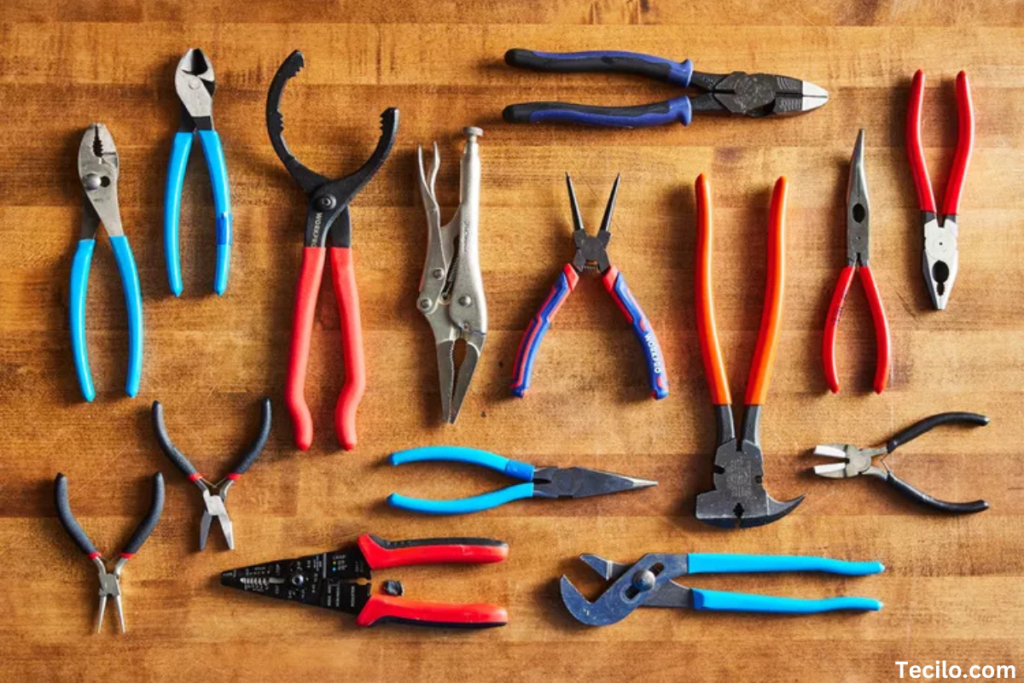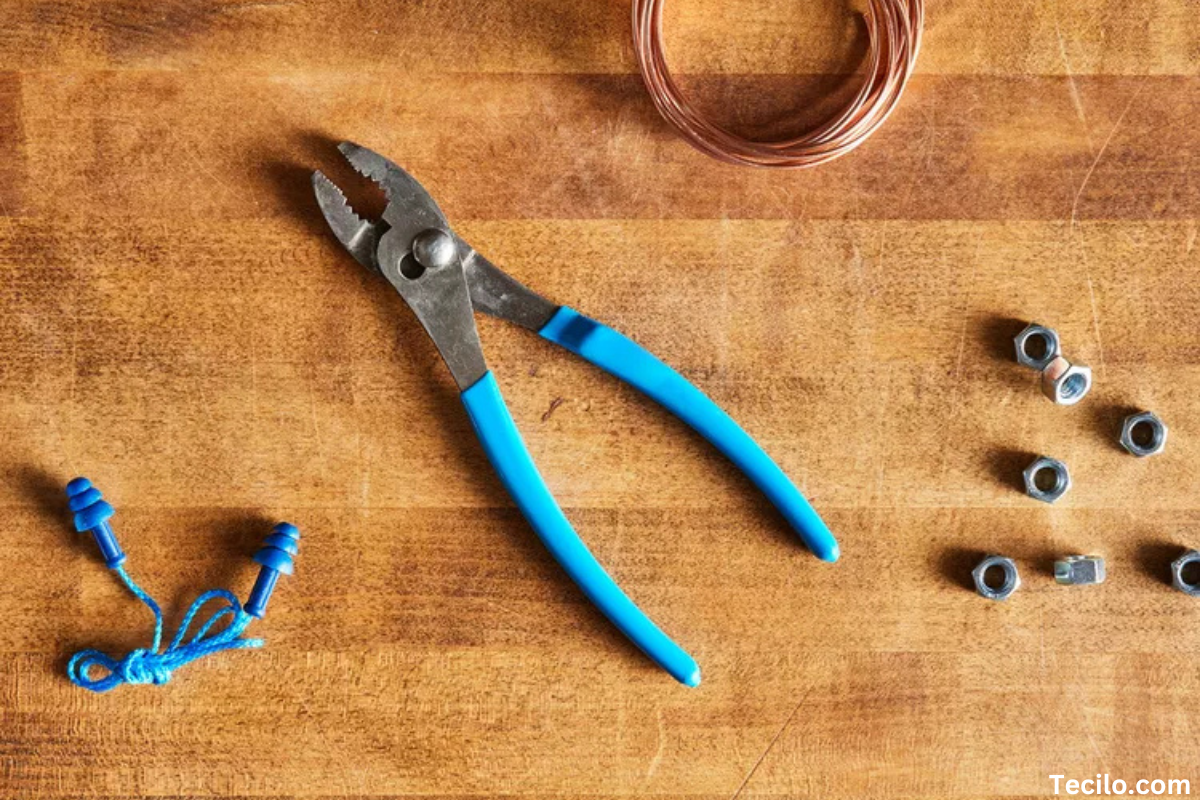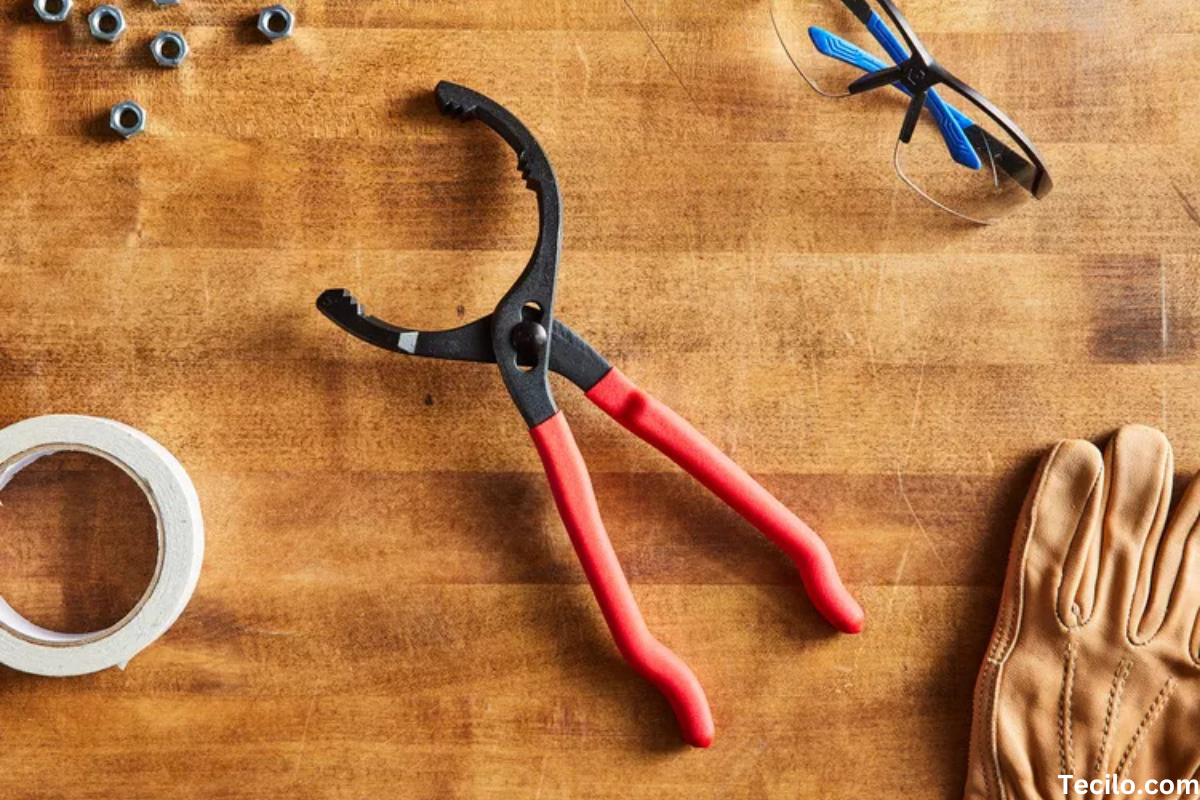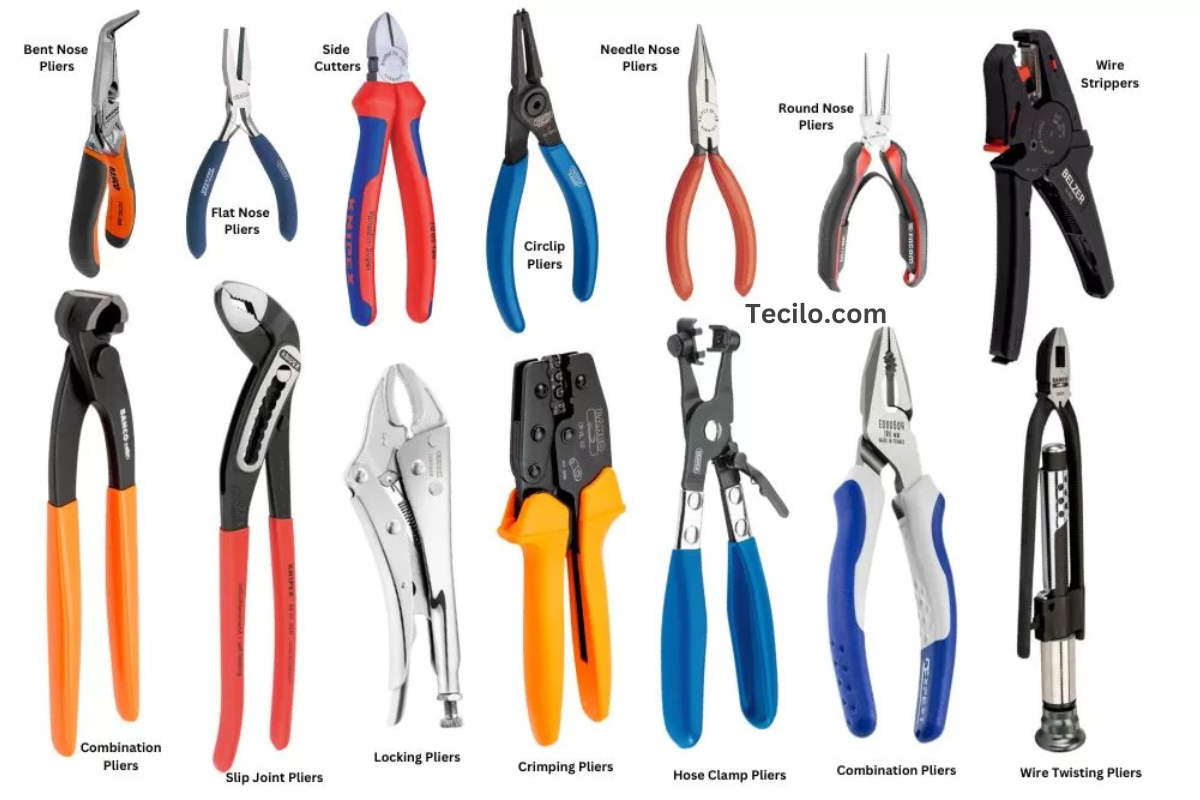
Pliers are among the most versatile hand tools you can own. Whether you’re a professional mechanic, electrician, or DIY hobbyist, chances are you’ve used it at some point. They are essential for gripping, bending, cutting, and holding materials, making them indispensable for a wide variety of tasks, both simple and complex.
A Brief History of Pliers
Pliers have been an essential tool for thousands of years, dating back to the Bronze Age. Initially, they were simple tongs used by blacksmiths, but as human needs evolved, so did the design and functionality of tools. Over time, they became more sophisticated, with different types emerging for specialized tasks, such as electrical work and construction.
Basic Structure of Pliers
Despite the variety of it available today, most share some fundamental components:
- Handles: These provide the grip for the user. Modern designs often include ergonomic features or rubber coatings to improve comfort and control.
- Pivot Point: The pivot point is crucial for amplifying the force applied to the handles, allowing users to grip, cut, or twist materials with ease.
- Jaws: The jaws are where the tool interacts with the material. Depending on the type of pliers, the jaws can be serrated, flat, or pointed to enhance grip and function.
Types of Pliers
Pliers are categorized by their specific applications.
- Slip Joint Pliers: A flexible tool with an adjustable pivot point, making it suitable for general purposes.
- Diagonal Cutting Pliers: Designed for cutting wire, nails, and other small materials, with angled cutting edges for precise flush cuts.
- End Cutting Pliers: These are perfect for cutting through thick materials like nails and screws in tight spaces.
Gripping and Holding Pliers
- Needle-Nose Pliers: Featuring long, tapered jaws, these are ideal for precision tasks in tight spaces, such as bending wire or holding small objects.
- Locking Pliers (Vise-Grips): These have a locking mechanism that allows them to hold objects securely without requiring constant pressure.
Specialty Pliers
- Electrical Pliers: Specially designed for electricians, these come with insulated handles to prevent electric shocks.
- Fencing Pliers: A multi-functional tool combining the features of a hammer and wire cutter, perfect for farm and ranch work.
- Snap Ring Pliers: Used for installing or removing snap rings in machinery.
Uses of Pliers
They are incredibly versatile and can be used for various tasks, such as:
- Gripping and Holding: Ideal for tightening bolts or holding materials in place while you work.
- Cutting Wires: A must-have tool for electricians and hobbyists alike.
- Bending and Shaping Materials: Offers precise control for delicate projects or heavy-duty bending.
- Electrical Work: Essential for stripping wires and crimping electrical connectors.
Buying Tips
Before buying scissors, consider your project. For electrical work, opt for needle-nose or electrical tools. For heavy-duty jobs, combination or locking it are more appropriate. Ensure you choose it made from durable materials, like chrome-vanadium steel, and look for handles that are ergonomic and provide a firm, non-slip grip.

Maintaining Your Pliers
Maintaining your tools properly ensures their longevity, reliability, and safety during use. Here are some key tips for maintaining your tools:
- Clean After Use: After every use, wipe down your cutter with a clean cloth to remove dirt, grease, or debris. This is particularly important if they’ve been exposed to moisture, which can cause rust. For tougher grime, use a wire brush or a soft toothbrush to clean between the jaws and pivot areas.
- Lubricate Moving Parts: To keep it functioning smoothly, regularly lubricate the pivot points. A few drops of machine oil or penetrating oil, such as WD-40, applied to the hinge will keep the pliers opening and closing smoothly. Be sure to wipe away any excess oil to prevent the tool from becoming slippery during use.
- Sharpen Cutting Edges: If you have cutting tools, like wire cutters, it’s important to keep their blades sharp. Dull cutting edges make the tool less effective and can cause hand fatigue or slippage. You can sharpen the cutting edges using a fine file or a sharpening stone, but be careful not to remove too much material, which could compromise the tool’s integrity.
- Prevent rust: Store your tool in a dry location to prevent rust from forming. Consider placing silicone gel packets or a rust inhibitor in your tool storage area to absorb excess moisture. If rust does appear, remove it with a rust eraser or steel wool and apply a light coating of oil to prevent further corrosion.
- Inspect for Damage: Regularly inspect your tool for signs of wear, such as cracks in the handles or misaligned jaws. Damaged pliers should be repaired if possible or replaced to prevent injury during use.
- Store Properly: Keep tools in a dedicated tool drawer or toolbox where they won’t get knocked around. Hanging them on a tool board is another effective way to store them and avoid unnecessary damage.
By following these maintenance practices, you’ll ensure that your tools remain in good working condition, last longer, and are safe to use.
- Cleaning: Wipe your tool after each use to remove dirt and prevent rust.
- Lubricating: Apply a drop of oil to the pivot point to ensure smooth movement.
- Storage: Keep your scissors in a dry, secure location to avoid moisture damage.
Common Mistakes When Using Pliers
- Using the Wrong Type: Using the wrong tools for the task can result in damage to both the tool and the material.
- Overapplying Force: Excessive force can strip screws or break the pliers.
- Neglecting Maintenance: Regular cleaning and lubrication are crucial for prolonging the tool’s life span.
Safety Tips for Using Pliers
Using it safely is important to prevent injuries and ensure the tool lasts longer. Choose the Right Tool: Different types of tools are designed for specific tasks. Using the wrong type can damage the tool or cause injury. Inspect Before Use: Always check your tools for wear and damage, like cracks in the handle or dull cutting edges. Damaged tools can slip or break under pressure, causing accidents.
Always ensure proper hand positioning, wear protective gear, and never use damaged it, as they could fail and cause injury. With so many types available, choosing the right tools can seem overwhelming, but understanding your needs and following these tips will ensure you find the right tool for the job.








